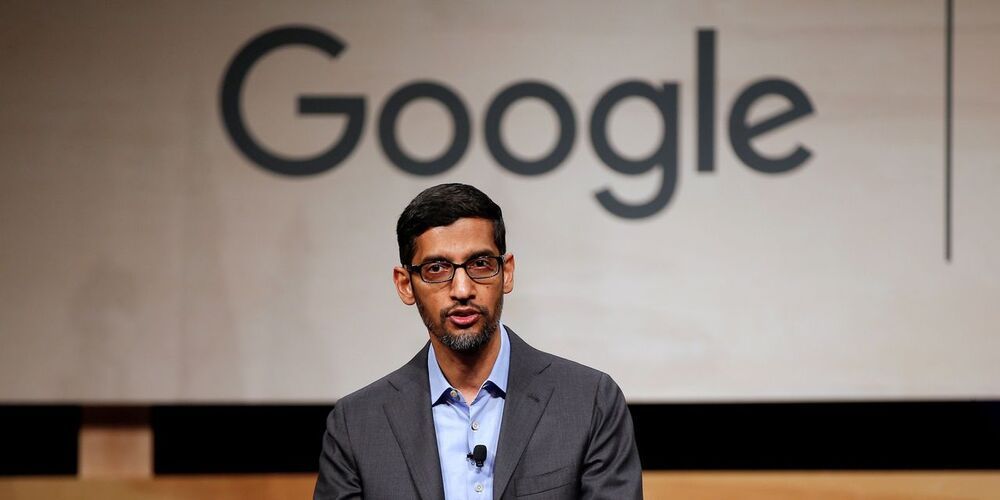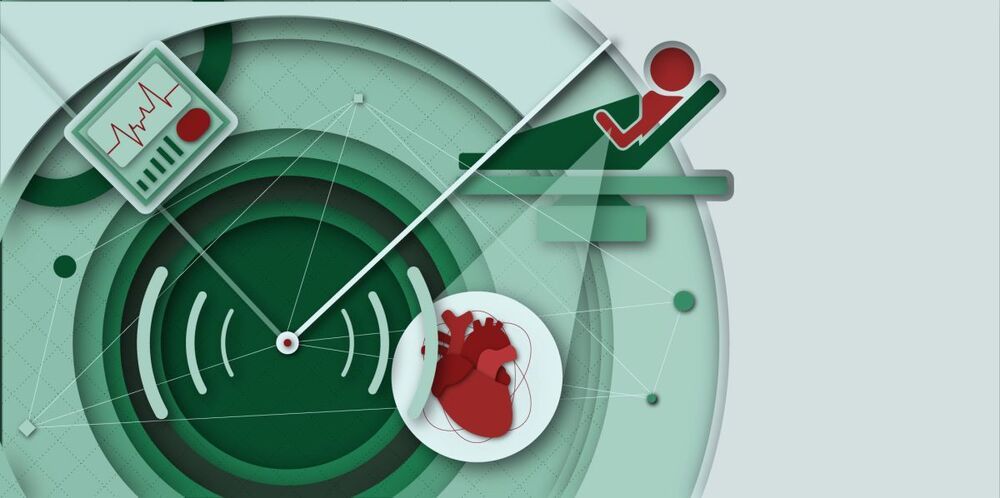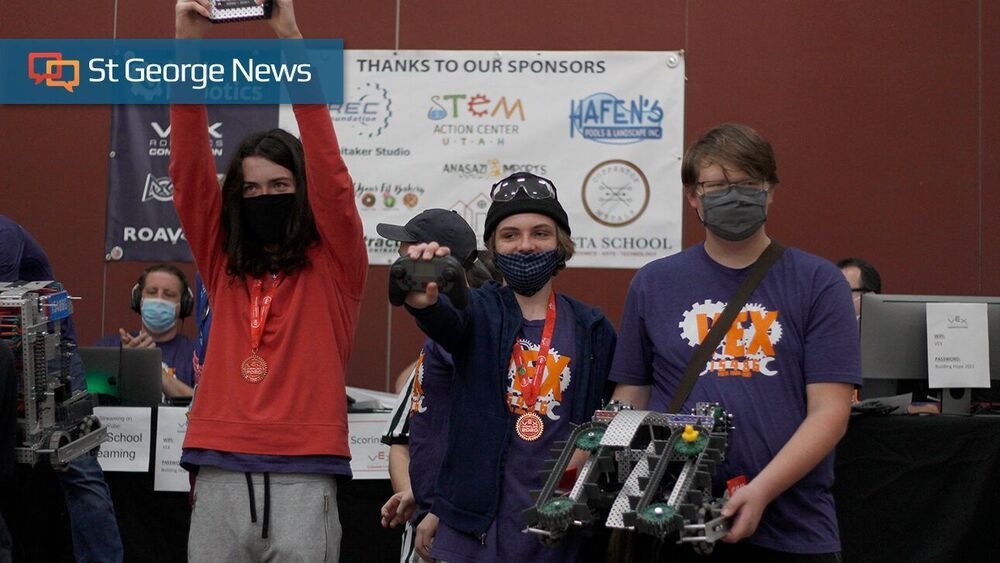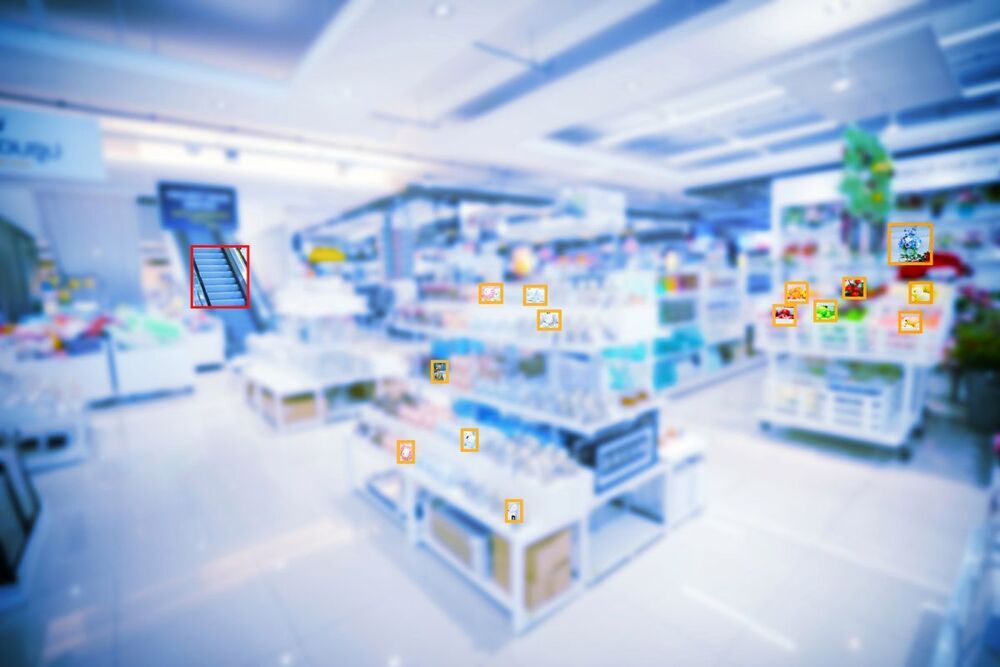The robots are sparing us the pains of tomorrow.
Picking up and examining pebbles of fuel is just the first step.

OEC promoting STEM education in Africa.
If we know a protein’s structure, we can make educated guesses about its function. And by mapping thousands of protein structures, we can begin to decipher the biology of life.

Recent advances in the field of robotics have enabled the fabrication of increasingly sophisticated robotic limbs and exoskeletons. Robotic exoskeletons are essentially wearable ‘shells’ made of different robotic parts. Exoskeletons can improve the strength, capabilities and stability of users, helping them to tackle heavy physical tasks with less effort or aiding their rehabilitation after accidents.




Exactly one hundred years ago, a play premiered that introduced a significant new word to the world – robot. When the first production of Karel Čapek’s R.U.R. opened on January 251921, at the National Theater in what is now the Czech Republic, it not only gave a name to the cybernetic machines that were just beginning to emerge, it also shaped people’s perceptions of what a robot is and the potential dangers they pose.
R.U.R., which stands for Rossum’s Universal Robots, came along at the perfect moment. The period between 1880 and 1930 saw the fastest rate of change in human history, with more fundamental advances in half a century than in the previous 2000 years.
It was the age of the machine, which had intruded so thoroughly into modern society that artists had to come up with whole new forms of expression to include it and portray it. It was also the age of Henry Ford, with his assembly line churning out thousands of uniform black motor cars by the thousands at a price that the average worker could afford. The telephone, wireless telegraphy, radio, the first televisions, radium, airplanes, plastic … the world was awash with new technology.

For all its comparisons to the human brain, AI still isn’t much like us. Maybe that’s alright. In the animal kingdom, brains come in all shapes and sizes. So, in a new machine learning approach, engineers did away with the human brain and all its beautiful complexity—turning instead to the brain of a lowly worm for inspiration.
Turns out, simplicity has its benefits. The resulting neural network is efficient, transparent, and here’s the kicker: It’s a lifelong learner.
Whereas most machine learning algorithms can’t hone their skills beyond an initial training period, the researchers say the new approach, called a liquid neural network, has a kind of built-in “neuroplasticity.” That is, as it goes about its work—say, in the future, maybe driving a car or directing a robot—it can learn from experience and adjust its connections on the fly.
In a world that’s noisy and chaotic, such adaptability is essential. ## **Worm-Brained Driver**
The algorithm’s architecture was inspired by the mere 302 neurons making up the nervous system of *C. elegans*, a tiny nematode (or worm).
In work published last year, the group, which includes researchers from MIT and Austria’s Institute of Science and Technology, said that despite its simplicity, *C. elegans* is capable of surprisingly interesting and varied behavior. So, they developed equations to mathematically model the worm’s neurons and then built them into a neural network.
Their worm-brain algorithm was much simpler than other cutting-edge machine learning algorithms, and yet it was still able to accomplish similar tasks, like keeping a car in its lane.

ST. GEORGE — Vista School hosted a challenge of wits, strategy, programming and robot building on Saturday.
The school hosted 27 teams from as far as Los Angeles in a VEX Robotics Competition event for this year’s game entitled Change Up. Teams designed small robots from kits of parts and competed both within the game and a skills competition.
The goal of Change Up is to score points by placing grapefruit-sized, team colored balls into tower-like goals spread across the field that can accommodate up to three balls on top of each other. Teams composed of students from grades six all the way through 12 score for having balls in the goal in addition to lining their color ball up in the same row across multiple goals and the bottom-most ball is exposed so that it may be removed from the goal. The game is played between two “alliances,” or a pair of robots from different teams. The “alliance” that scores highest wins the match.
